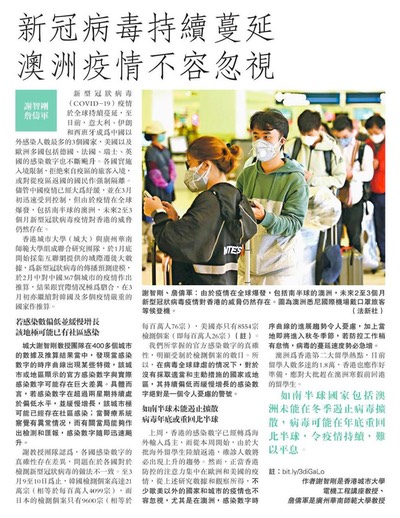From the estimated propagation profiles of the SARS-CoV-2 epidemic for all 367 cities in China, we have the following findings:
1) For most cities, the infection numbers will peak between mid February to early March 2020, as shown in chart below:
2) The peak number of infected individuals will be between 1,000 to 5,000 for cities in Hubei, and that outside Hubei will be below 500, as shown in the chart below:
3) At the end, about 0.8%, less than 0.1% and less than 0.01% of the population will get infected in Wuhan, Hubei Province and the rest of China, respectively, as presented in the left chart below. Translating to actual figures, for most cities outside and within Hubei Province (except Wuhan), the total number of infected individuals is expected to be fewer than 300 and 4000, respectively, as shown in the right chart below:
*Our findings are based on data provided by National Commission of Health of China.
Discussion
Opinions diverge on the estimated extent of the outbreak of the new coronavirus disease (SARS-CoV-2). While there are pure speculations, there are also predictions based on rigorous study of the spreading dynamics. Different models used for prediction and different assumptions made regarding the transmission process would lead to different results and quite diverged conclusions. For instance, an AI-powered simulation run had predicted 2.5 billion people to be infected in 45 days [1].
Academics in Hong Kong expected 1.4 million eventually infected in the city of 7.5 million people. Our results, however, do not seem to agree with such predictions.In fact, our results are expected to be optimistic, under normal circumstances, in the sense that the projected severity and duration of the epidemic are valid provided stringent measures continue to be in place to curb the spreading of the virus, especially before mid March. In the recent two weeks, we observe that workplaces and factories have been eager to re-open for obvious economic reasons, and this would a serious concern as the gathering of people and increase of migration strength would surely invalidate the parameters obtained this study, which in turn invalidate the predicted results.
Moreover, on the positive side, climate factors may play a role in the epidemic spreading. As temperature generally rises from February to May in much of China, the infection peaks would unlikely occur later than the predicted times as the new coronavirus epidemic is generally known to subside in warm weather, provided parameters do not change significantly (i.e., stringent measures and travel restrictions are in place). Finally, the effectiveness of medical treatment is expected to improve and the recovery rate will increase in the coming months. As our simulation is based on current data, the recovery rate could be under-estimated. Should the recovery rate increase by 0.0005 each day, namely, the number of daily recovered individuals increases by 1% of the total number of infected individuals every 20 days, most cities in China will have zero infection case by June 2020.
[1] Koetsier J, AI predicts coronavirus could infect 2.5 billion and kill 53 million. URL https://www.healthexec.com/topics/care-delivery/ai-predicts-25b-coronavirus-infections. 2020.
